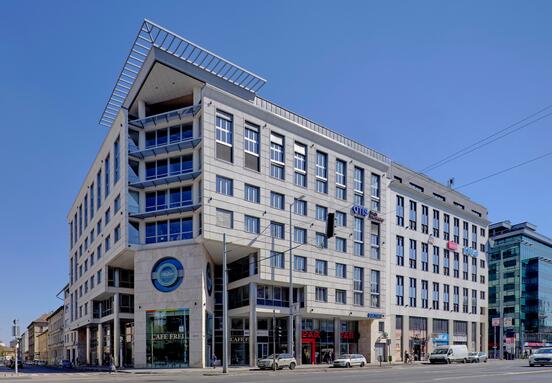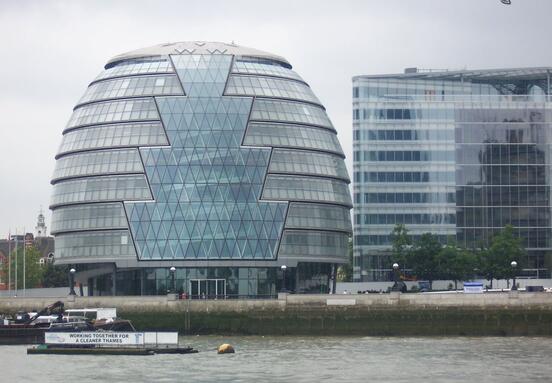Investment flows into the CEE-6 region rose 4% yoy in H1 2018, marginally exceeding the pace of 2017’s record year.
A combined 26% of the money in H1 came from domestic sources within the CEE-6 countries or CEE cross-border flows. US, UK and Western European funds were all net sellers of CEE commercial real estate in the period, broadly repeating the pattern observed in 2016 and 2017.
Polish volumes (58% of the CEE-6 total) were the drivers of the momentum in the first half of the year, on the back of a continued strong performance from the economy. Slovakia saw a rebound in deals this year whilst Hungary and Czechia saw much slower flow than a year ago. A relative lack of supply of product for sale appears to be a factor in these latter two markets.
On the sector front, office (up 51%) nearly caught up with retail (almost flat year-on-year) flow; the expected stimulus from more development completions at this stage of the cycle appears to be occurring.
Bence Vécsey – Director and Head of Investment Services at Colliers Hungary adds:
“The first half of 2018, especially the second quarter, was rather sluggish in Hungary both in terms of the number and volume of commercial real estate transactions. The investment volume was down by 60% mln year-on-year closing the first semester at EUR 360, whilst the number of deals halved during the same period. The primary reason for the drastic drop in activity was the delay of closing on some significant deals slipping through to third quarter of the year. A number of these deals had been already completed on adding EUR 250 mln to the year-to-date activity so far. The secondary reason for the slow first half was relatively low supply of commercial assets, so overall there is no need to be worrisome about structural or local investment issues. The prime and core segments of the Hungarian commercial properties provide excellent total returns to developers and investors through continuous yield compression and strongly evidenced increase in rental rates. The capital value gap of commercial investments in Budapest is closing in with Prague and Warsaw.”
Mark Robinson, CEE Research Specialist, adds: “The yield compression we have observed in 2016-17 slowed markedly in the first half of 2018, with just a narrowing of prime office yields in Prague and Warsaw to note. We expect further compression over the next 12 months in just the Budapest and Bucharest office/industrial sectors. Looking at fundamentals, we foresee 6 increases amongst the 12 key capital city vacancy rates in Office and Industrial that we follow, after several quarters of falling vacancies across the region. Increasing supply appears to be a factor in play. Rental growth dynamics look strongest in the CEE industrial sector and in Budapest.”
Source: Colliers International








